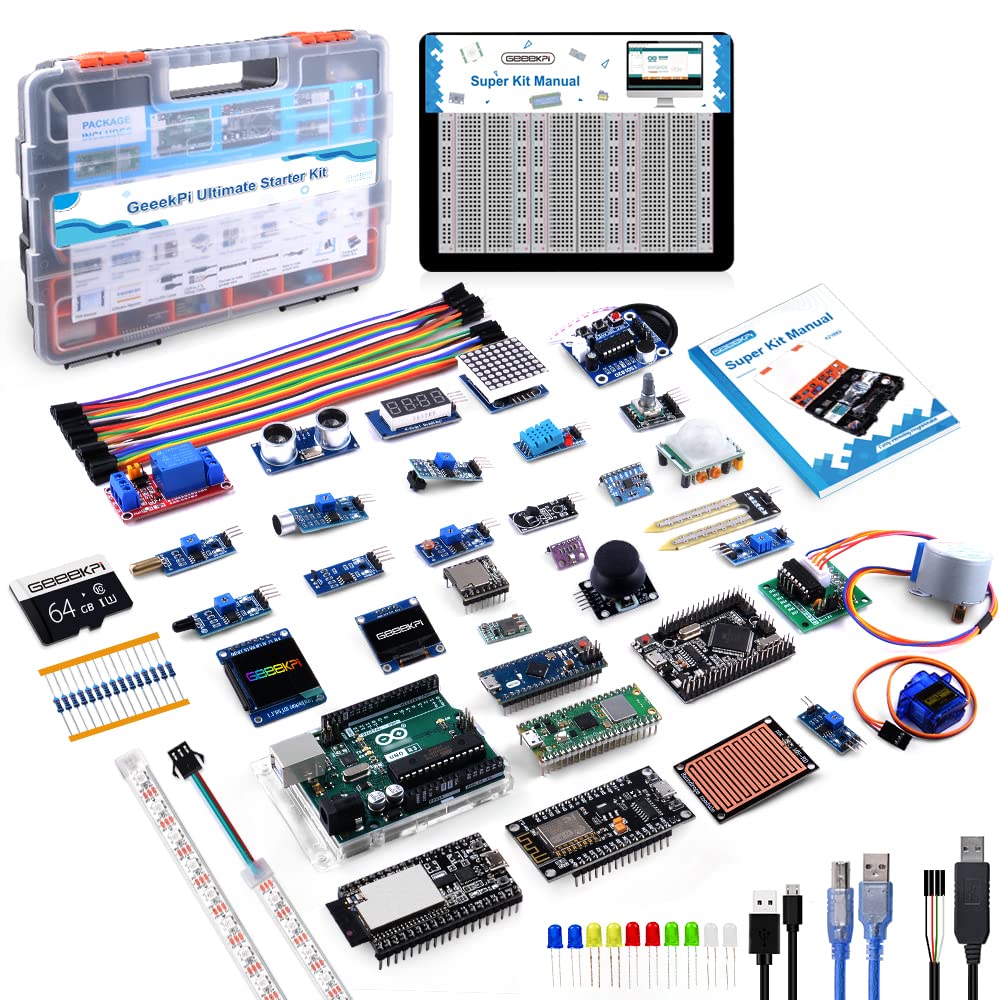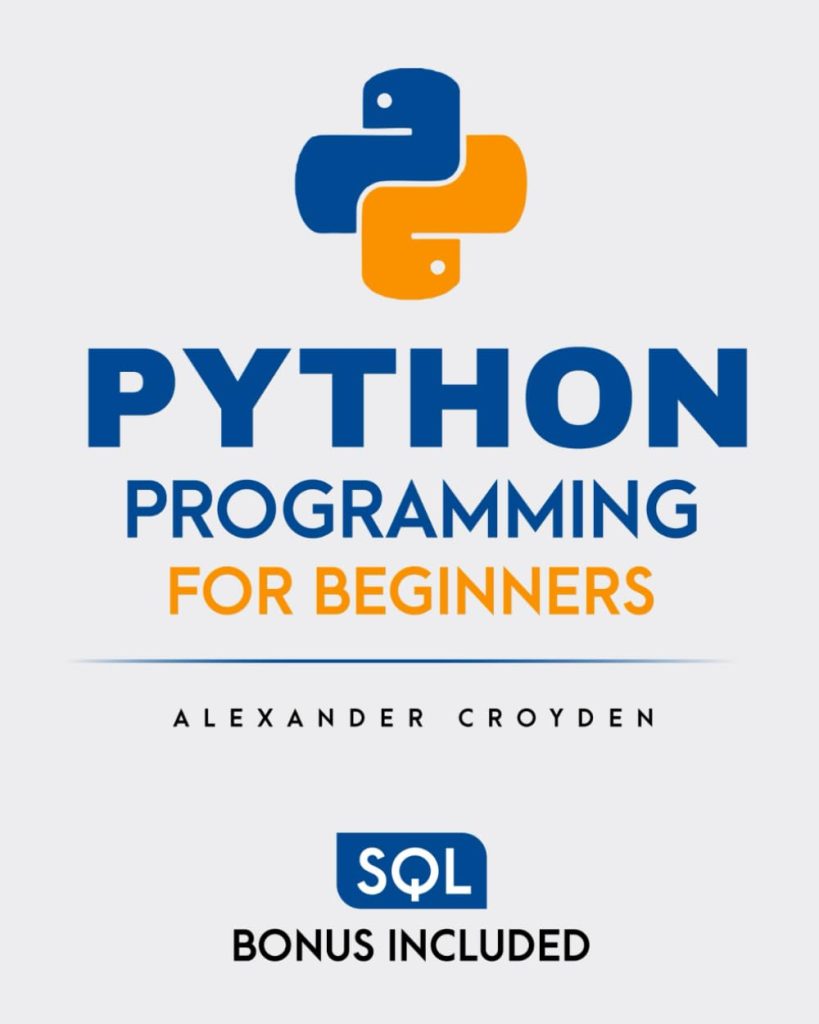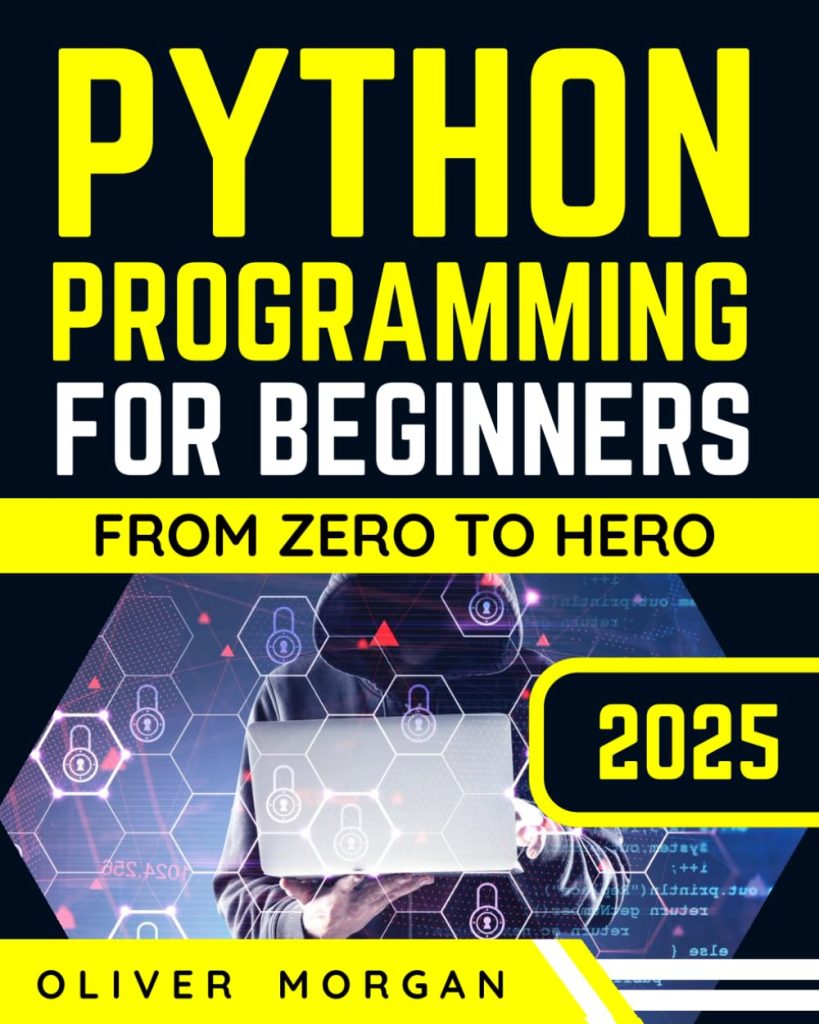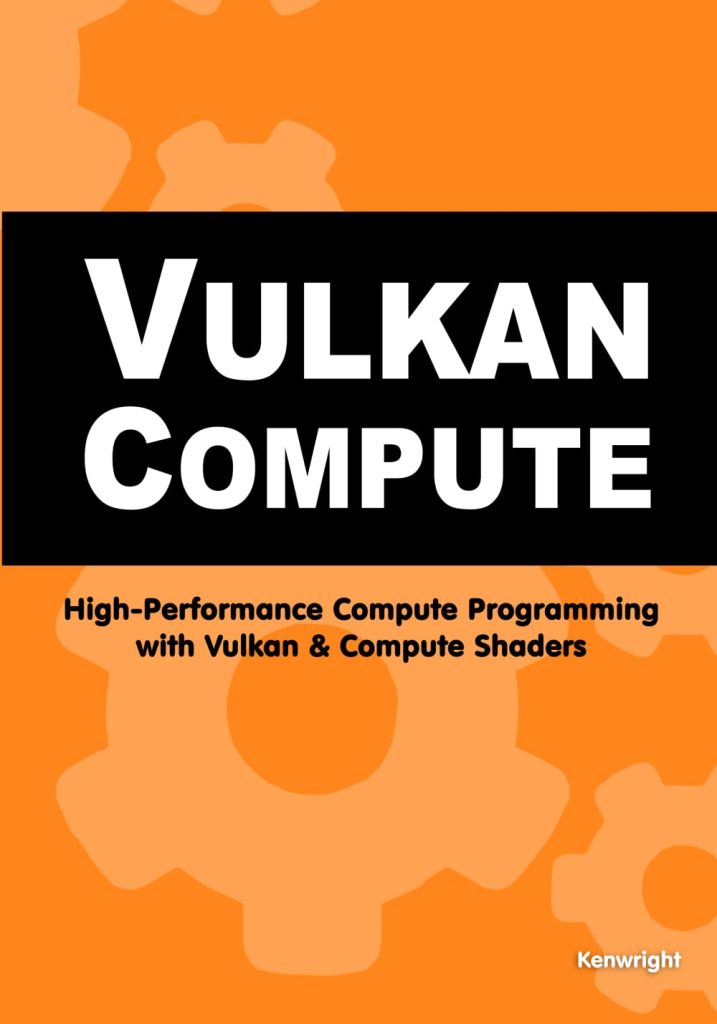
The interactive shell prompts in Python serve as a fundamental interface for developers and enthusiasts alike, facilitating interaction with the interpreter in a concise and meaningful way. To grasp the essence of these prompts, one must first recognize that Python utilizes two distinct prompts during an interactive session: sys.ps1 and sys.ps2.
When the interpreter is launched, it presents the primary prompt, sys.ps1, which is typically represented by the classic ">>> " symbol. This prompt invites users to enter new statements, expressions, or commands. It’s in this welcoming environment that one can delve into the Python language, executing code dynamically and observing immediate results.
In contrast, the secondary prompt, sys.ps2, is invoked when a user begins a statement that spans multiple lines, such as defining a function or creating complex control structures. This prompt is generally represented by the "... " symbol, indicating that the interpreter awaits further input to complete the current command or block.
This dual-prompt system is not merely a stylistic choice; it plays a pivotal role in enhancing user interaction with the Python interpreter. The prompts provide clear visual cues that guide users through the intricacies of coding in Python. Moreover, they embody the interaction philosophy that has made Python accessible and enjoyable for programmers at all levels.
To exemplify this behavior, think the following code snippets that show how the interactive shell responds to user input:
# Entering a single statement
>>> print("Hello, World!")
Hello, World!
# Beginning a multiline statement
>>> def greet(name):
... return f"Hello, {name}!"
...
>>> greet("Alice")
'Hello, Alice!'
These interactions underscore the seamless user experience afforded by the interactive shell prompts, fostering an environment where experimentation and learning can flourish.
The Role of sys.ps1 in the Python Interpreter
The role of sys.ps1 within the Python interpreter is not only fundamental but also quintessential to the interactive programming experience. To appreciate this role fully, one must consider the broader context of command-line interfaces. Throughout history, the design of such interfaces often reflects a balance between functionality and user engagement. In Python, sys.ps1 embodies this principle by acting as the primary signal for user input.
When a Python session is commenced, the interpreter initializes sys.ps1 to its default state, which is “>>> “. This serves not merely as a text prompt, but as a beacon of welcome, inviting users to share their thoughts and commands with the interpreter. It’s here that the creativity of programmers comes to life, as they initiate their exploration of Python’s vast capabilities.
Furthermore, sys.ps1 is a mutable entity, allowing for customization. This flexibility means that experienced users can modify the prompt to reflect their working context or to add an element of personalization that resonates with their style or mood. Such modifications can enhance the overall user experience, contributing to a smoother workflow and potentially increasing productivity.
Ponder the following example, where the prompt is altered to provide a clearer indication of the current operational context:
import sys sys.ps1 = "MyPrompt >>> "
After executing this modification, the new prompt will greet users as follows:
MyPrompt >>> print("Hello, World!")
Hello, World!
This simple adjustment can create a more engaging environment, particularly for those who prefer a unique touch to their programming sessions. The importance of sys.ps1 thus transcends its function as a mere prompt; it becomes an important element in crafting a personalized interactive experience.
Moreover, the design of sys.ps1 is not arbitrary; it carries implications about the user’s expectations and intentions. The presence of “>>> ” suggests readiness for action and invites a philosophy of exploration and inquiry. By understanding its role, one can appreciate how Python not only provides a programming language but also cultivates a mindset that encourages experimentation and learning.
Customizing sys.ps1 for Enhanced User Experience
Customizing the prompt represented by sys.ps1 is a boon for both novice and seasoned programmers, offering a pathway to tailor the interactive shell to individual preferences and workflows. This customization empowers users to express their unique programming identity while enhancing clarity and context during coding sessions. The flexibility inherent in sys.ps1 allows for modifications that can range from trivial alterations to significant contextual enhancements.
To alter the default prompt, one simply assigns a new string to sys.ps1. This can be as simpler as changing the text to something more reflective of one’s personality or work environment. Think the illustrative example below:
import sys sys.ps1 = "Ready to code >>> "
Upon executing the above code, the interactive prompt transforms into “Ready to code >>> “, providing an inviting call to action that might resonate with an individual’s enthusiasm for coding. This small yet impactful change can subtly influence the programming experience, making it more enjoyable and motivating.
For those who work in collaborative environments or on multiple projects, incorporating contextual information into the prompt can yield practical benefits. For instance, including the current file name or project name can serve as constant reminders of the user’s focus area. Here’s a way to adapt the prompt dynamically based on the context:
import sys
import os
# Assume the current working directory signifies the project
project_name = os.path.basename(os.getcwd())
sys.ps1 = f"{project_name} >>> "
In this case, when a user navigates into a directory named “AwesomeProject”, the prompt will display “AwesomeProject >>> “, reinforcing the context. This strategy can eliminate disorientation when switching between different projects, thereby streamlining the development process.
Additionally, one can imbue the prompt with functionality by integrating Python code that reflects the state of the interpreter or the environment. For example, including the predefined variables or functions could provide quick reminders of what’s available at a glance:
import sys
def dynamic_prompt():
return f"Current var count: {len(globals())} >>> "
# Customizable prompt using the dynamic function
sys.ps1 = dynamic_prompt()
This prompt may now reflect the number of global variables within the current context, adapting as the user progresses through their session. Such customizations elevate the prompt from a mere signal to a responsive, interactive feature of the programming environment.
Through these modifications, the prompt transcends its conventional role, evolving into a personalized tool that not only reflects the user’s context but also enhances their productivity. The art of customizing sys.ps1 is hence not merely about aesthetics; it is a profound act of establishing a bespoke programming atmosphere that aligns with one’s cognitive processes and creative flow.
Exploring sys.ps2 and Its Purpose
Moving along the continuum of understanding Python’s interactive shell, we encounter the secondary prompt, sys.ps2. This prompt assumes a pivotal role when the interpreter is in the midst of a multiline statement, acting as an invitation to continue the expression or command that the user has begun. Characteristically represented by the symbol “… “, sys.ps2 signifies that the interpreter expects more input to complete the ongoing statement. In this manner, it reinforces the syntactical structure of Python, allowing users to build more complex constructs without interruption.
When a user initiates a statement without completing it in a single line, the interpreter thoughtfully switches from sys.ps1 to sys.ps2, creating a clear delineation between the expectation of new input and the continuation of a previous command. This design philosophy not only enhances clarity but also provides feedback that is intuitively understood by the user. Rather than presenting a flat prompt that might confuse the user into thinking they have completed their input, the transition to sys.ps2 communicates an essential message: “Please continue.”
Think the following illustrative example, where a user begins to define a function:
>>> def add(a, b): ... return a + b ... >>> add(3, 4) 7
In this instance, the interpreter recognizes the intent behind the user’s input. Upon the introduction of the function definition, it seamlessly transitions to sys.ps2 to await further input, thus maintaining the flow of communication without disrupting the user’s thought process. Such functionality exemplifies the elegance embedded within Python’s design; it encourages users to work through logical structures in a natural sequence, rather than adhering to a more rigid input format.
Moreover, sys.ps2 can be considered a form of contextual feedback that fosters an environment conducive to learning and exploration. By clearly signaling that more input is required, it allows novice users to engage in exploratory coding without the fear of making mistakes or misunderstanding the input requirements. This nurturing aspect of sys.ps2 underscores Python’s broader philosophy of accessibility, helping users build confidence as they develop their coding skills.
As one delves deeper into the intricacies of Python, understanding the role of sys.ps2 becomes essential, particularly when crafting complex programs that require careful structuring. In multilayered constructs such as classes, loops, and conditionals, the sys.ps2 prompt stands as a steadfast guide, ensuring that the user remains anchored within the logical architecture of their code.
To further illustrate the effectiveness of sys.ps2, consider a scenario where a user wishes to create a loop:
>>> for i in range(3): ... print(i) ... 0 1 2
In this example, the user begins a for loop that spans multiple lines. The interpreter, in its wisdom, acknowledges this structure by transitioning to sys.ps2, allowing the loop’s body to unfold gracefully. Upon completion of the loop, the interpreter returns to sys.ps1, ready for the next command. This smooth interplay between the two prompts reflects Python’s commitment to a uncomplicated to manage programming experience.
Sys.ps2 is not merely a secondary prompt but rather a vital component that enhances the interactive nature of Python. It embodies a nuanced understanding of the user’s needs, adapting to the flow of input while providing clear, visual signals that guide the user through more complex coding tasks. Through the thoughtful design of these prompts, Python invites users into a collaborative dialogue, transforming the act of programming into an engaging and intuitive process.
Practical Examples of Prompt Customization
# Demonstrating a simple customization of the sys.ps1 prompt
import sys
# Setting a customized prompt
sys.ps1 = "Enlightened >>> "
# Example interaction
Enlightened >>> print("Welcome to the world of Python!")
Welcome to the world of Python!
In a similar vein, ponder how succinct adjustments can substantially reshape the interactive experience. By modifying sys.ps2, users can maintain a visual consistency that mirrors their sys.ps1 alterations, ensuring a harmonious coding environment.
# Customizing the secondary prompt sys.ps2 sys.ps2 = "Continuation... " # Engaging in a multiline input Enlightened >>> def multiply(a, b): Continuation... return a * b Continuation...
This simple change maintains continuity between prompts, aligning the user’s input journey with a cohesive narrative. The secondary prompt reinforces the notion of ongoing dialogue between the programmer and the interpreter, seamlessly guiding users through their thought processes.
One may also choose to embed functional indicators within the prompts themselves, thereby enhancing the feedback loop inherent in the interactive shell. For instance, dynamically reflecting the current mode of operation, such as indicating whether the user is in a state of function definition, could serve to both inform and guide the user.
# Dynamic context-based prompt adjustment
def set_prompts():
if True: # This would represent a condition in real-world usage
sys.ps1 = "Defining a function >>> "
sys.ps2 = "Continuing... "
# Execute the function to set new prompts
set_prompts()
# User defines a function
Defining a function >>> def divide(x, y):
Continuing... return x / y
Continuing...
This method transforms prompts into feedback mechanisms that adapt to the user’s context, providing a supportive framework for complex coding tasks. Such modifications not only enhance clarity but also elevate the overall coding experience, fostering confidence and creativity.
Furthermore, exploring more advanced techniques involving user-defined functions can lead to even more engaging interactions. By creating a function that encapsulates the prompt-setting logic, users can make the interactive shell react based on their code’s state.
# Example of a function to dynamically adjust prompts based on user input
def adjust_prompts(mode):
if mode == "function":
sys.ps1 = "Function Mode >>> "
sys.ps2 = "Inside function... "
else:
sys.ps1 = "Regular Mode >>> "
sys.ps2 = "Continued... "
# Activate function mode
adjust_prompts("function")
# User begins defining a function
Function Mode >>> def greet_user(name):
Inside function... return f"Hello, {name}!"
Inside function...
This encapsulation not only streamlines the modification process but also allows users to toggle between different contexts with ease, thus optimizing the interactive session’s flow. It embodies the notion that user experience can be profoundly influenced by thoughtful design choices, pushing the boundaries of what interactive programming can be.
Thus, the art of customizing sys.ps1 and sys.ps2 prompts serves as a reminder of the elegant flexibility embedded within Python. By embracing these options, users can tailor their programming environments to reflect their unique identities, enhance learning, and promote creative exploration, leading to a richer interaction with the language itself.
Source: https://www.pythonlore.com/understanding-sys-ps1-and-sys-ps2-interpreter-prompts/




